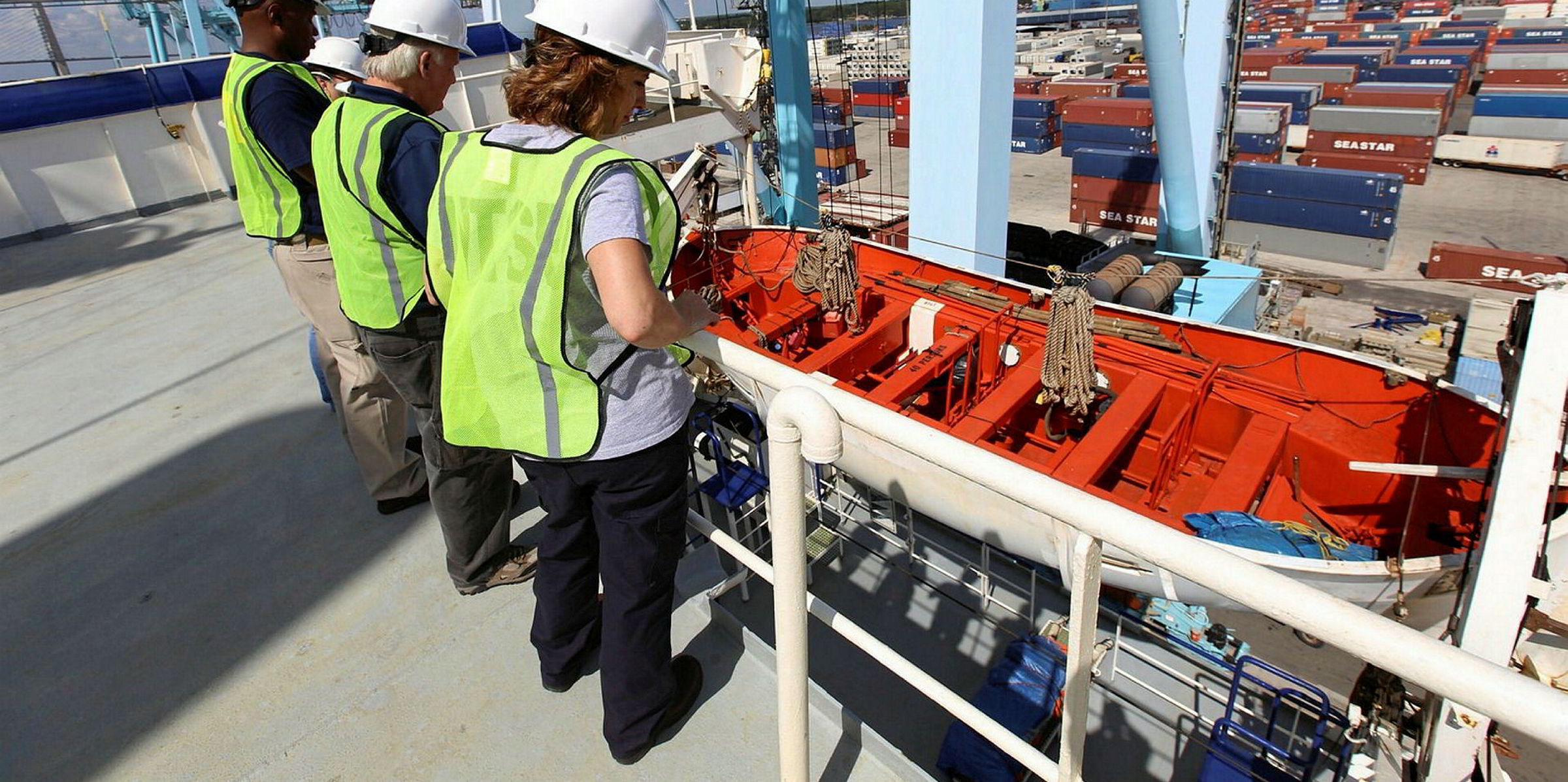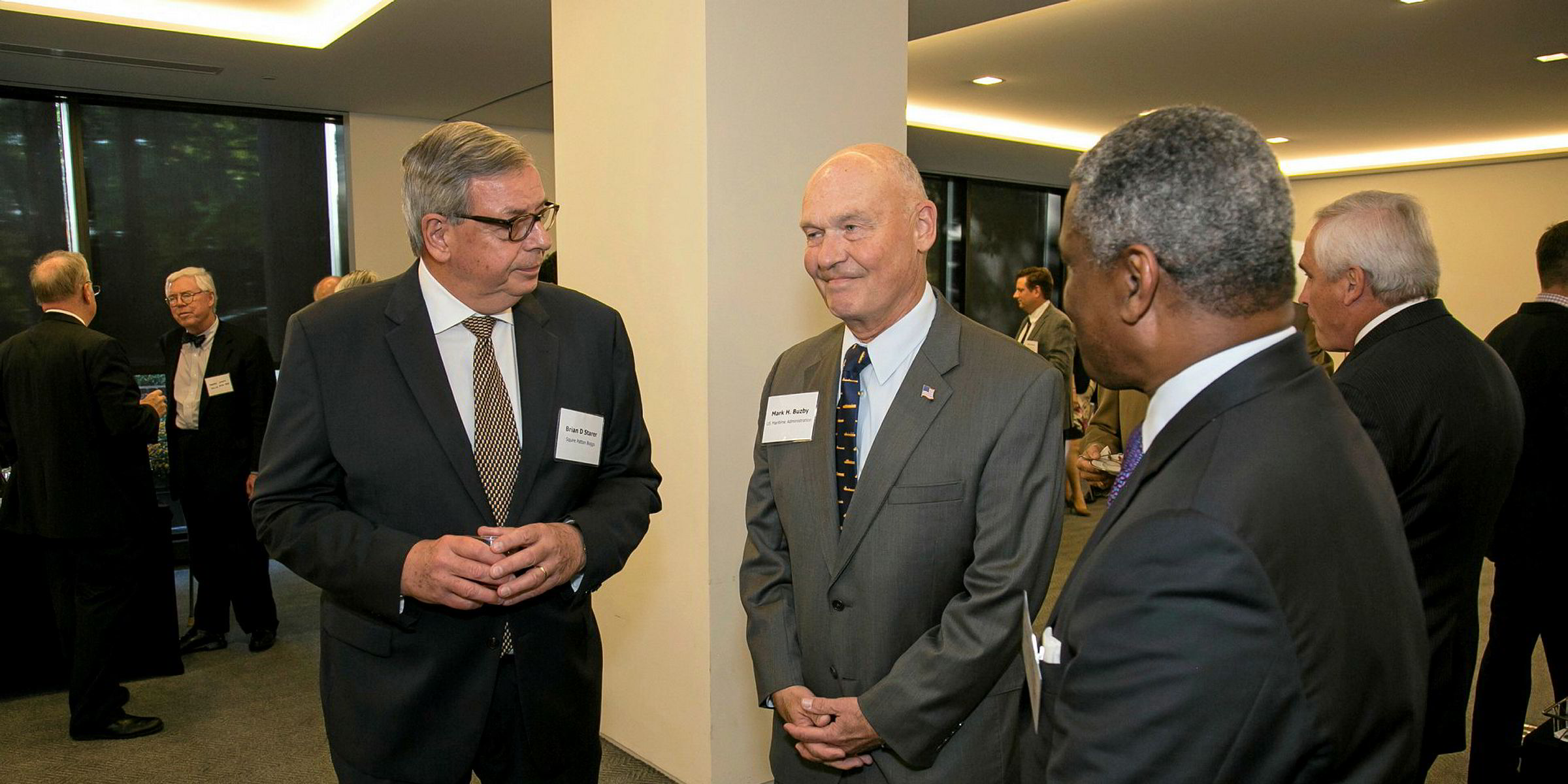In the two years following one of the worst US maritime casualties, international regulators have now weighed in on the US-flag fleet and still find it wanting.
As TradeWinds has reported, the latest assessment from the Paris Memorandum of Understanding, the body that represents port state control across Europe, shows the US flag falling from the “white” list, which designates consistently high performance during vessel inspection, to the “grey” list, showing average performance.
The US flag's move to the grey list reflects the ongoing decline of government interest in the maritime sector, says veteran shipping casualty lawyer Brian Starer, who co-leads the shipping practice at Squire Patton Boggs.
The US joins Iran, Kazakhstan and Russia as new additions to the grey list.
The move to this list came as nine US-flag vessels were detained from 2015 to 2017. The prior Paris MoU report showed five detentions in the three years to the end of 2016.
The arrests come amid a step up in US-flag vessel inspections — 203 in the 2017 report compared to 194.
The period that the Paris MoU looked at included the sinking of the 5,330-lane-metre El Faro (built 1975), which resulted in the loss of 33 lives. Indeed, many of the problems that resulted in the El Faro casualty echoed in problems later seen by the Paris MoU.
“It’s a pity that the casualty of the El Faro and the detentions have put a dim light on the US fleet,” Starer says. “It’s unusual to see a highly industrial nation with a long maritime history be in the grey category.”
The owners on the detention list spanned the US-flag division of AP Moller-Maersk, which had three ships recorded, down to Transatlantic Lines, with one of its two ships noted down. TOTE Maritime, the El Faro’s owner, also saw one of the vessels for which it is technical manager — American Roll-On Roll-Off Carriers’ 5,846-ceu Independence II (built 1993) — make the Paris MoU detention list.
The El Faro’s age and outdated life-saving equipment were among the reasons cited for the casualty. Many of the factors also played a role in detentions that landed the US on the grey list.
Five of the vessels were 15 years or older, with the oldest being the 2,000-dwt Geysir (built 1980).
Life-saving equipment was cited six times as detainable violations in the inspections of US-flag ships. Those included missing and damaged life and rescue boats, and missing emergency equipment.
The Paris MOU's move comes amid rising vessel calls in the US but declining safety inspections.

Conflicting statistics
Indeed, the US Coast Guard (USCG) saw the highest number of vessels call in the US over the past five years at 10,190 during 2017, up from 9,859 in 2016. But safety inspections fell to a five-year low of 9,105, down from the 9,390 inspections that took place in 2016.
At the same time, the USCG's marine safety budget fell from $580m in 2016 to $568m in 2017. This fiscal year, the USCG is budgeting $549m for marine safety — the lowest in five years.
The upshot is that the USCG is having to rely more heavily on class society inspections. But Starer says there is an inherent conflict in a class society trying to police ships that belong to potential clients.
"The US Coast Guard is getting cut back all the time," Starer says. "It's almost a tragedy to delegate to class societies. "
But, earlier this year, USCG Rear Admiral John Nadeau pledged that his agency would do a better job in overseeing safety issues, particularly with class society inspections. In congressional testimony, Nadeau said subsequent inspections of other US-flag vessels after class society inspections "showed other ships in substandard condition".
Sound backgrounds
Along with more USCG oversight, Starer says he is encouraged that the trend will be reversed thanks to the maritime background of many in the current administration.
In addition to Elaine Chao leading the Department of Transportation (DOT), Starer says the appointment of former US Navy admiral Mark Buzby to head the US Maritime Administration (MarAd) and maritime attorney Douglas Burnett to be the agency's chief counsel should help turn around the record of US shipping.
"I think we’re going to see MarAd and DOT come down hard in those areas because you now have people at those agencies that know the industry well," Starer says.
James Caponiti, president of US-flag advocacy group American Maritime Congress, says the issue of the US flag’s fall in Paris MOU’s ranking is “not something we take lightly” as customers may be more wary of hiring US-flag vessels.
“It’s hard enough competing in the international trade,” Caponiti says. “US-flag operators and crews are working hard to improve port state control performance records, which will ensure the US flag returns to the white list again. I can assure you that US-flag carriers are not happy about this.”





